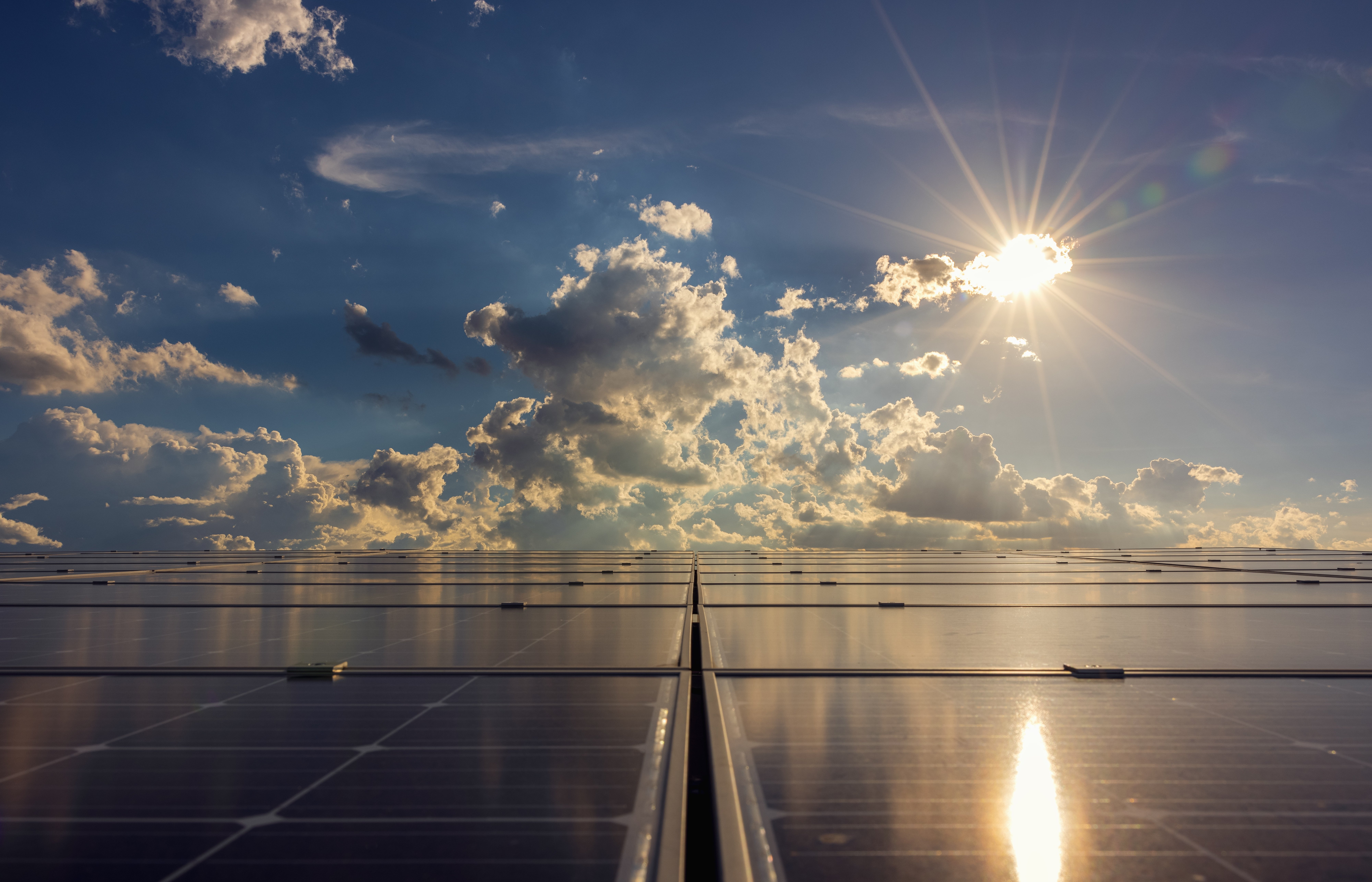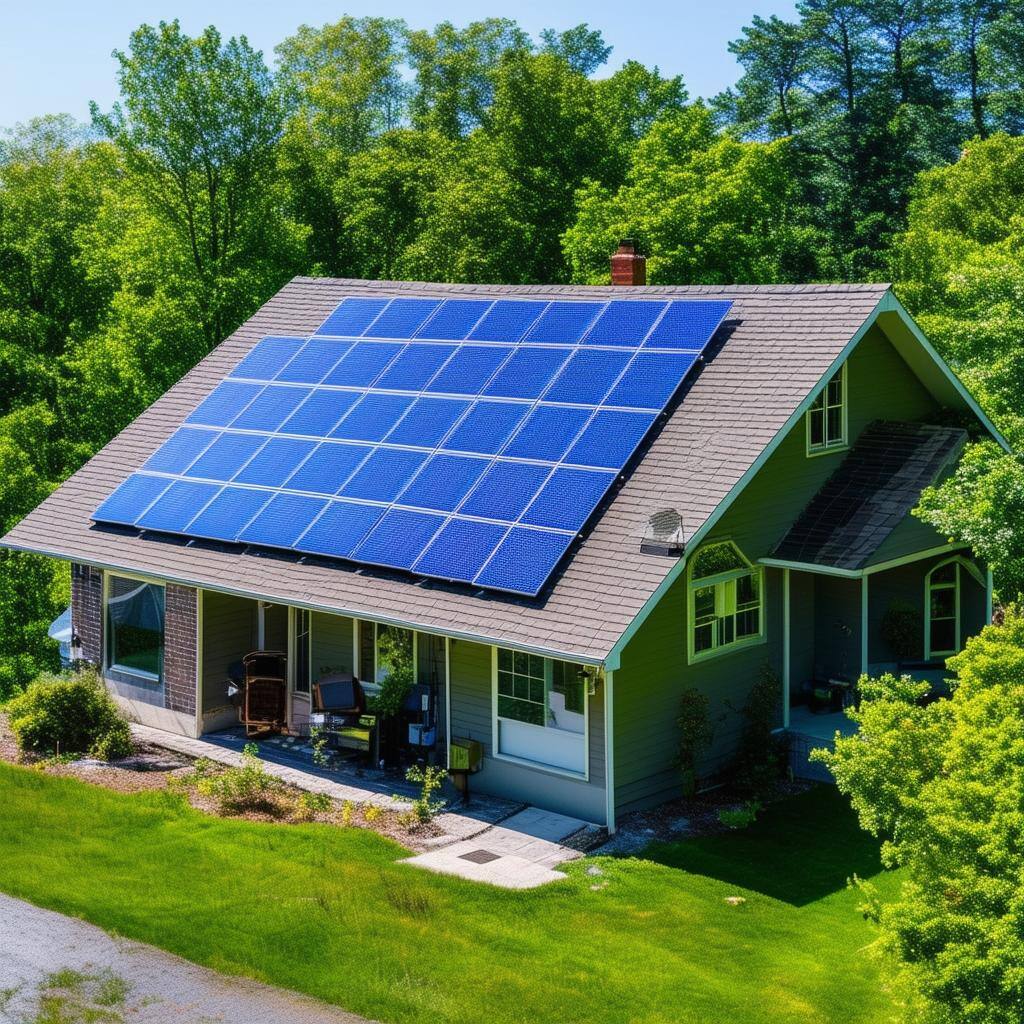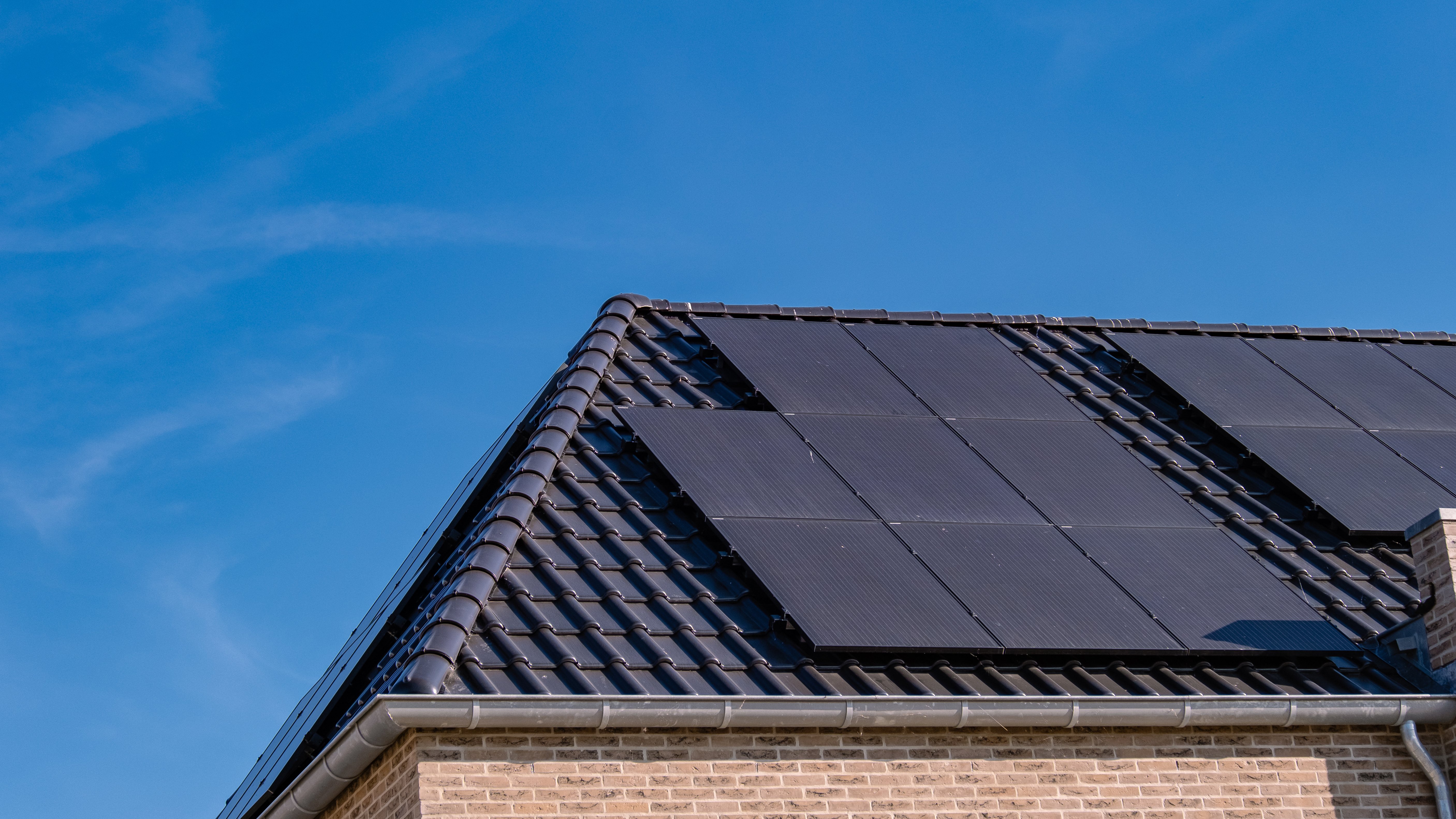Solar Energy Basics for Beginners: How to Get Started and Save Big
Solar 101: The Complete Beginner’s Guide to Solar Energy As more homeowners seek sustainable and cost-effective energy solutions, solar energy has...
4 min read
Peter Swenson : Oct 14, 2024 9:49:05 PM

So, you’ve decided to take the leap into solar energy. Congratulations! Solar power is not only an environmentally friendly choice but also a smart financial investment. However, as with any home improvement, it’s important to understand what to expect in the first year of owning a solar energy system.
In this blog, we’ll walk you through the key experiences and milestones to anticipate after your solar panels are installed. We’ll cover everything from energy savings to maintenance, and even touch on some financial considerations. By the end, you’ll have a clear understanding of what your first year with solar will look like, helping you to confidently plan for the future.
Overview:
The first step in your solar journey is, of course, the installation. After selecting a reputable solar provider and completing the necessary paperwork (like permits and incentive applications), your system will be installed.
What to Expect:
Pro Tip:
If you want to learn more about the steps leading up to installation, including financing and permits, check out our guide on the solar installation process.
Overview:
Once your solar panels are up and running, you’ll be able to monitor how much energy your system is producing. Most solar systems come with monitoring apps that provide real-time data on your energy generation.
What to Expect:
Pro Tip:
Understanding solar energy fluctuations is key to getting the most out of your system. For more details on managing energy use and efficiency, visit our post on maximizing solar output throughout the year.
Overview:
One of the biggest reasons homeowners invest in solar is to save money on electricity bills. Your energy savings in the first year will depend on your location, energy usage, and the size of your solar system.
What to Expect:
Pro Tip:
Want to estimate your first-year savings? Check out our solar savings calculator to see how much you could save based on your energy use.
Overview:
In the first year of solar ownership, you’ll also be able to take advantage of significant financial incentives. The Federal Solar Investment Tax Credit (ITC) allows you to deduct 30% of your solar system costs from your federal taxes. Some states offer additional incentives or rebates, which can further reduce your overall costs.
What to Expect:
Pro Tip:
For more information on how to maximize your financial benefits, check out our blog on solar tax credits and state incentives.
Overview:
Solar systems are relatively low-maintenance, but it’s important to know what kind of upkeep is required to ensure your system runs efficiently.
What to Expect:
Pro Tip:
To learn more about keeping your system running smoothly, check out our post on long-term solar maintenance and warranties.
Overview:
While solar will significantly reduce your electricity bills, your utility bill won’t disappear entirely. In the first year, it’s important to understand how your bill will change and what to expect from month to month.
What to Expect:
Pro Tip:
For a deeper look at how solar affects your utility bills, visit our article on understanding solar billing and net metering.
Your first year with solar will be an exciting time, filled with savings, learning, and minimal maintenance. By monitoring your system’s performance, taking advantage of tax incentives, and understanding the energy fluctuations throughout the year, you’ll be well on your way to maximizing the benefits of your solar investment.
Want to know more about solar system maintenance and what to expect in the years ahead? Check out our blog on long-term solar care to keep your system running smoothly for decades to come.

Solar 101: The Complete Beginner’s Guide to Solar Energy As more homeowners seek sustainable and cost-effective energy solutions, solar energy has...

How Does Solar Energy Work? A Simple Explanation Ever wondered how solar panels sitting on rooftops manage to turn sunlight into electricity? Let’s...

Solar energy is an increasingly popular option for homeowners looking to reduce energy costs and make environmentally-friendly decisions. But is...